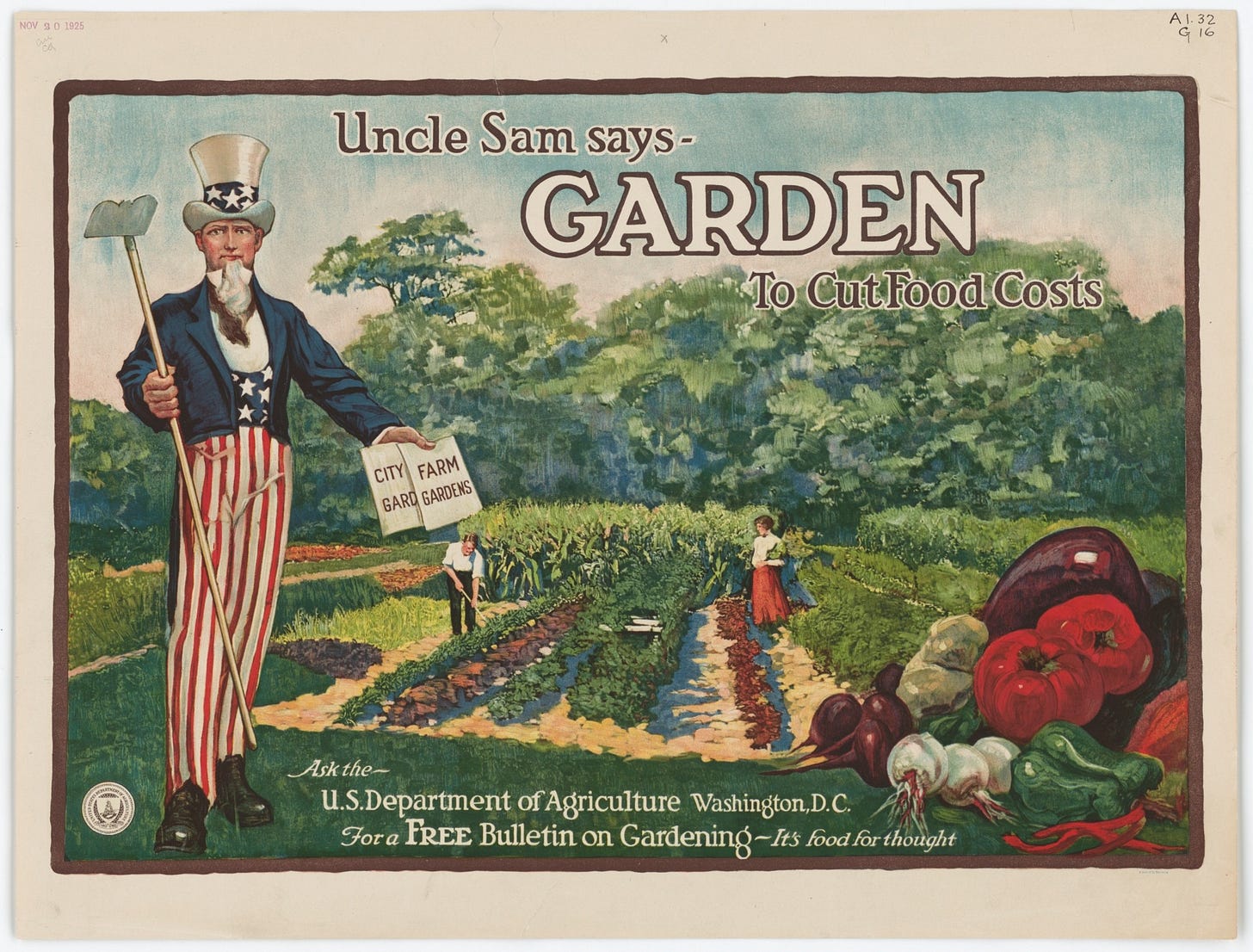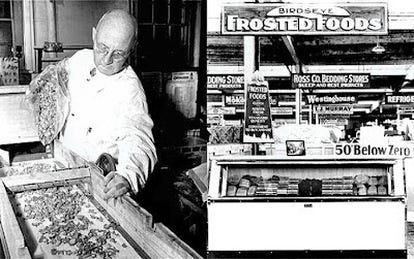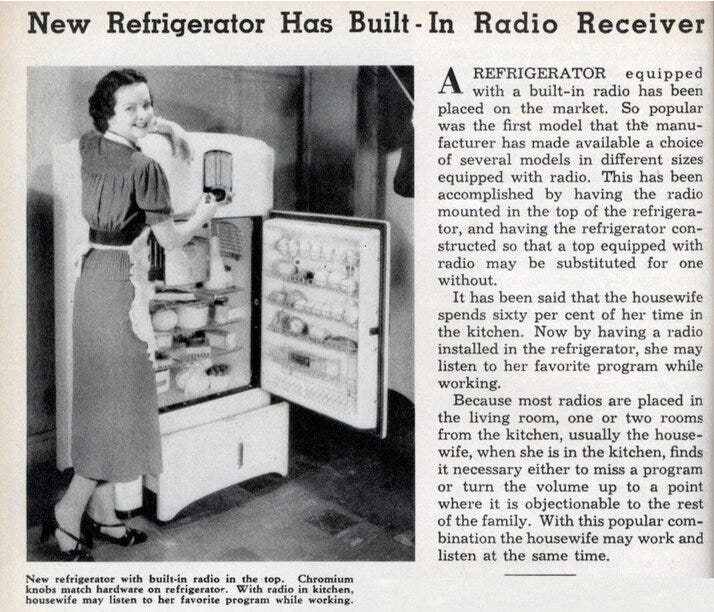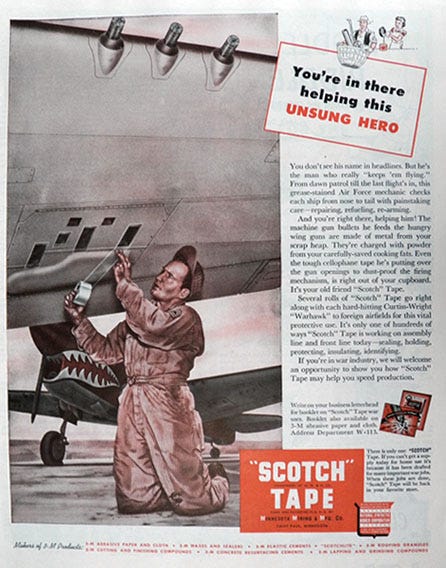Rededicating Innovation History
It's time to celebrate the people working to make our world a better place. The critics get enough air time.
No One Builds Statues of Critics
History isn’t a series of inevitable events; it’s a complex, fascinating puzzle shaped by real, flawed, and brilliant human beings. Sometimes, it takes a closer look to understand how the pieces come together.
In 2018 and 2019, my writing “blew up” on Medium. I got millions of views on my articles. The formula was simple: Pick a topic everyone knew—like Google or Amazon—and expose the dirty underbelly. Make people feel like victims, stir outrage, and watch the clicks roll in. Solutions? They didn’t matter. People wanted to be mad, not fix things. For a while, it felt good. The attention, the validation—it felt like success. Until it didn’t.
After fighting yet another pointless online battle of wits, a phone call to a friend made it clear that this wasn’t serving any real purpose. I was passionate about innovation and history, but this wasn’t it. This was nothing more than me being a troll with a Master’s Degree—tearing things down without building anything meaningful. It wasn’t who I wanted to be.
Painting a Picture of Hope
And then I remembered where I came from: a family of immigrants, builders, and creators. My grandparents, who lived through the Great Depression, didn’t waste time pointing out what was wrong with the world—they rolled up their sleeves and fixed what they could. They built businesses, grew food, and turned their living rooms into roller rinks for fun on the weekends. They were resilient, inventive, and, above all, hopeful.
What if I could tell stories that inspired that kind of hope? What if, instead of focusing on what was broken, I focused on how people—ordinary people—had faced impossible challenges and come up with extraordinary solutions?
The Birth, Test, and Redemption of Consumer Culture
You’ve heard the stories of Edison, the Wright Brothers, and the greats who seem monumental, almost mythical. But there’s something intimidating about these figures—they’re too big, too untouchable. When I look at the 1920s, 1930s, and 1940s, I see stories that are more relatable. The guy who invented frozen food, the families investing in their first automobile—those are people like us. They are innovators who didn’t just survive; they thrived by taking risks and finding solutions to everyday problems.
When I wrote my book on the 1920s, Booze, Babe, and the Little Black Dress: How Innovators of the Roaring 20s Created the Consumer Revolution, it became clear that there was a trilogy here—a story that spanned three decades, covering the evolution of consumer culture. The 1920s were about the birth of new ideas and experimentation. The 1940s tell the story of redemption—of rebuilding and redefining what we thought possible. The 1930s, however, is about the test—how people faced unimaginable hardship and still found ways to innovate. This is the subject of my latest work, Bullfrogs, Bingo, and the Little House on the Prairie: How Innovators of the Great Depression Made the Best of the Worst of Times.
Rekindling a State of Wonder
The Great Depression is often portrayed as a bleak chapter in American history—dust storms, debt, and despair. But that’s not the whole story. It’s also a story of resilience and creativity. My grandfather started his car repair business during this time, kept it running through the toughest years, and only paused to serve in World War II. It’s the story of everyday people buying their first refrigerators—$4,000 in today’s dollars—despite looking out the window and seeing breadlines. It’s a time when great challenges led to great opportunities, and I want to make sure those stories are told in full.
Sweat Equity
Writing these books meant digging into the archives. I pored over firsthand accounts, newspapers, and even the forgotten notes of Richard Gurley Drew–the guy who helped develop Scotch tape at 3M. I needed to understand the thought processes that led to breakthroughs. Looking at the innovators not just as historical figures, but as people who faced doubts, fears, and challenges just like we do today.
I traveled to libraries, small-town museums, and corporate archives, piecing together stories by sidestepping the sanitized versions we often hear about and welcoming the raw, authentic details that make history come alive. After all, this was a generation defined by uncertainty, determination, and ingenuity. Innovation isn’t about perfection; it’s about perseverance.
Welcome to a New Genre: Tapas History
This new approach is all about bite-sized stories that, when combined, create a rich, flavorful experience. These are stories told in the way you might tell a friend over a drink—vivid, real, full of humor and humanity.
Telling a positive story about an era filled with suffering is a delicate balance. Yes, there was hardship—as many as 25% of people were out of work and many more were malnourished. But that’s not the only story. There was hope, creativity, and an unwavering drive to make things better. People like Bill Wilson (who co-founded Alcoholics Anonymous) and Florence “Pancho” Barnes (who broke the air speed record) weren’t just overcoming obstacles—they were setting records, breaking boundaries, and inspiring future generations.
These were the people–and the times–that redefined what was possible. Their stories challenge us to see history through a different perspective. Not just to understand where we are, but how we got here.
Open Invite
So here’s my invitation: Let’s rediscover the spirit of innovation. Let’s reexamine history not as a set of dry facts, but as a roadmap—a guide that shows us where we’ve been and inspires us to figure out where we can go. If you’re ready to swap frustration for fascination, if you’re tired of the outrage and ready for wonder, join me.
Let’s find the bullfrogs in our backyards.
The big ideas hidden in plain sight.
And create something meaningful.
What now?
I think two years is a little too long to wait for new stories. As proud as I am of my books, there are only so many stories I can fit into each one. (“Bullfrogs” will feature either 22 or 23 chapters. I’m partial to 23; it’s a prime number. We’ll see. But even so, there was a lot left on the cutting room floor.)
To serve up some appetizers along the way, I’ve decided to publish according to a schedule. We’ll see what needs adjustment, but here’s a start. Each month, you can expect to see:
One story of a historical innovator. Sometimes, they might be a bit more recent (there’s one that’s just ducky that I can’t wait to share). Sometimes, they might be very historical—as in MMDCCCXXV years old.
One story of an innovator making history. These are the people working right now, today, to make it happen. (If you’ve got a suggestion—or that’s you—please let me know. I’ll have a few questions for you. You’ll get your own feature right here.)
One post with some fun stuff. My new friend Grant has convinced me to have some fun with video. We’ll see how that goes. I have some ideas.
One post with resources for innovators—new videos or articles I think are worth a look, places to secure funding, innovator events, and the like. Raj (aka “The Startup Hypeman”) does a nice job curating these, and I think I can extend his reach. I’ve also got some of my own tools and resources for innovators coming, so I’ll be sure to share those.
Oh, and I’ll be sure to let you know when my latest book is ready to preorder as well as special opportunities for early readers if you’re interested.
How can you help?
Send this newsletter to someone you think might want to subscribe. It’s free.
Here’s to making the world a little better.
~JTV









Great Idea!